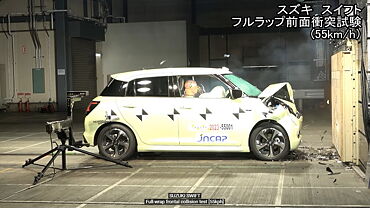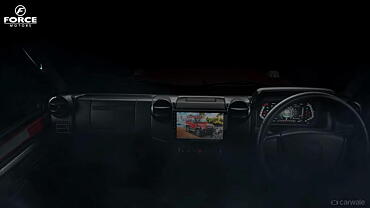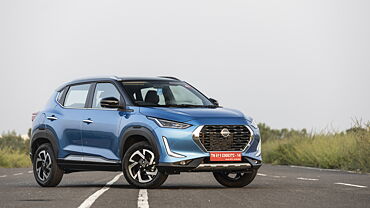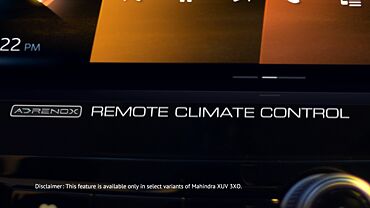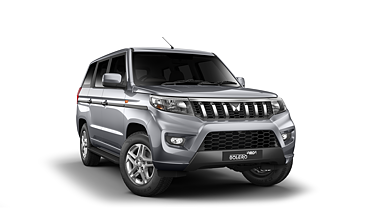With the emergence of India as a global hub for small cars, there is a huge increase in the number of vehicles on-road. New cars are available with attractive offers, and so are used cars available at affordable prices. With increased choice and accessibility, first time buyers may face confusion In buying a car. In today’s article, we take a look at used cars. How should you buy a used car? And what are the things to look out for?
The following is a guide to buying used cars. We will take a look at the following steps:
- Locating your dream car
- Inspection of car
- Finalizing on the price
- Transferring of ownership
Locating your dream car
After deciding that you want to buy a used car, you will need to finalize on which make and model you wish to buy. This will mostly be dependent on your budget and personal preferences. For budget, you can use car valuation guides as present on Cartrade.com or you can get a fair idea by just browsing cars for sale.
After deciding about the car to buy, the next task is to find the same available with a seller. You can use online classifieds portals such as Cartrade.com which have listings of both dealers and individuals. Alternatively, you can approach your local dealers, use a newspaper ad or locate a car through references. Indeed, personal contacts are often an important channel to find a car.
While choosing between a dealer or individual, you may often get a better deal from a direct purchase, but after sales and warranty would be an issue. Thus, there is some benefit in paying more for the trust that a dealer can give.
Before making your way to the car, get a full understanding of its condition over phone or email and get an initial idea on the price the seller wants. Remember that there is no such thing as a fixed price, and you should always be able to get a bit down from the seller’s current cost.
Inspection of car
After locating the car and visiting the venue, you will now need to inspect it so that you can offer a correct price for the car. Remember that damage to the car need not deter you per se, as you can use it as a lever to reduce the cost. In this, you should be able to make a rough estimate on the cost it would entail to repair that damage.
The following is an overall checklist for purchasing a second hand car.
-
Tyres
The condition of tyres, its life and nature of wear must be noted. Improper or uneven tyre wear indicates there is possibility of misalignment of tyres. Each tyre should be checked whether it’s been retreaded or original because the cost of a new tyre is high.
-
Body
The condition of body and upholstery, paint etc. must also be checked. Sometimes long term usage of vehicles in coastal areas causes rust formation in body or on the under-chassis. Moreover, any dents, repainting jobs or deep scratches can be hints for more serious damage and necessitate a more thorough investigation from your end.
-
Battery
The condition of battery is also essential before deciding on the cost to pay, as it is a high cost item. Check for any residue on the battery.
-
Suspension
Make sure that you take a drive of the car to research the car’s suspension. For this purpose, it’s better to drive the vehicle on an uneven road so that you can check for a rattling noise of the body and its suspension system. The wear and tear of parts and assembly can be understood from a rattling noise.
-
Engine and drive quality
The condition of engine is also to be noted. Ease of starting and a good pick up are desired during a road test. In the meanwhile, also give the break system a check and ensure that car’s stop is smooth and effective. Don’t forget testing the hand brake either.
During the drive, take a look at the exhaust smoke to indicate condition of cylinder and working parts.
In general, issues in this section may require a large amount of work to fix, and thus may make you to skip the purchase.
-
Clutch, gearbox, differential and joints
On a road test, also take a look at the clutch. It is one component which can have serious wear and tear if the car is not driven properly. The gearbox should work nice and smoothly. These components can be checked on road test or on a hoist
-
Mileage
Check out the Kilometers that the car has run. The more the odometer reading, the nearer you are to changes in parts of the car, which means that you should expect large repair bills. Thus, reduce your offer if need be.
-
The R.C. Book
The vehicle’s R.C. Book must be checked to get information on a number of items.
Tax Payments
The tax payment and expiry date can be seen from the RC Book. If the expiry date is near, it means that you will need to spend money on the car soon. Thus, it may be a reason to decrease your offer for the car.
Model and Year of Manufacture
Verify the car’s age through the RC Book. Each year passed is one year of depreciation and thus it is one of the most important factors in depreciation. Also use the age of the car as an input to verify whether the car’s mileage is accurate or whether it has been tampered with.
Number of Owners
Use the RC book to verify the number of owners that the car has had. A larger number of owners is an alarm signal and can point at some issue with the car. Make sure to ask and do more research in this case.
-
Service records
Take a look at the car’s service records. Have the repairs been done at official service stations. Are all the services there? The records should tally with the car’s age.
An interesting point in this is also the identity of the owner. In general, cars owned by members of the Parsi community, doctors or army men are preferred as they are generally much better maintained.
-
Insurance status
While inspecting vehicle documents, it’s important to check out the type of insurance of the vehicle and whether it is still having valid period or not. Since insurance is legally mandatory, a longer expiry date means you will be able to save some money on the insurance costs.
In insurance, the main types Insurance are Comprehensive and third party insurance.
-
Comprehensive Insurance
In this type, all risks as mentioned in the Motor Vehicle Act, such as accidents and theft are covered. Importantly, the insurance company will reimburse you for damages to your own car itself, over and above damages caused to other parties. -
Third Party Insurance.
The third party insurance policy does cover insurance for the policy holder but only for other persons involved in accidents.
Obviously, a comprehensive insurance is more expensive than a third party insurance.
-
Accessories
Check for the presence of accessories in the car. Any accessories can allow you to offer a bit more for the car.
Taking the make, model, variant and age of the car as a starting point, the above points will help you to calibrate your offer for the car better.
Summary of the process
Deciding on the price to be quoted while selling and buying a car is a cumbersome and complicated task, since it involves so many factors. In sum, the process is as below:
- First decide about your priority of car, i.e. whether you are looking for a particular brand or a car which suits your traveling needs. It’s important because most of the time people end up paying extra for particular brands when reliable cars from other makes are available at lower price. If you are looking for that exact car, you should be ready to pay a bit more for it. Decide on the make and model that you want.
- Check on classifieds sites to get an idea on the quoted price for particular models and year of make along with accessories present. Then, start contacting sellers and making appointments.
- Check the car in person and decide about the worthiness of car for the quoted price. Use the above checklist to counter offer the seller’s price, but be sure to take your time and walk away if you’re not getting the deal closed.
Transferring of ownership
So you’ve agreed with the seller on an amount and given him a token amount for the car. Now, you need to close the deal completely and get the car transferred to your name.
First, complete the payment to the seller and take a receipt for the payment as well as the RC Book. After receiving the payment, the seller must within 14 days submit relevant documents to the RTO as prescribed by the concerned RTO. He will get a no objection certificate and provide the same the buyer. As a rule seller must take care of this, however, in most of cases the buyer will go for it after getting sign of seller in the relevant forms.
The buyer should submit the Original RC with seal of no objection to the concerned RTO of his residence. With showing of all relevant documents such as RC book, Insurance note, Emission certificate etc. the RTO will put the car on the buyer’s name and thus complete formalities of transfer of ownership.
Conclusion
Buying a used car is never easy, but it can be simplified provided the correct relevant procedure is followed. Apart from the above mentioned tips, don’t be shy of bringing along a mechanic or a friend who may know more about cars. It will surely help for discussions and coming to a conclusion about car.
Judging the price of a car is a very important point in any vehicle buying and selling. With thorough research of available used cars you will be able to make an educated offer.
At Cartrade.com we hope to be one such complete source to help people to decide on buying of used cars and bikes. Please do contact us or comment for any questions or tips.
The above is an attempt to structure the purchase of a used car. We can only give generic tips and hope the above is helpful. Please do share your advice with other members so that they can benefit from your knowledge and experience.



